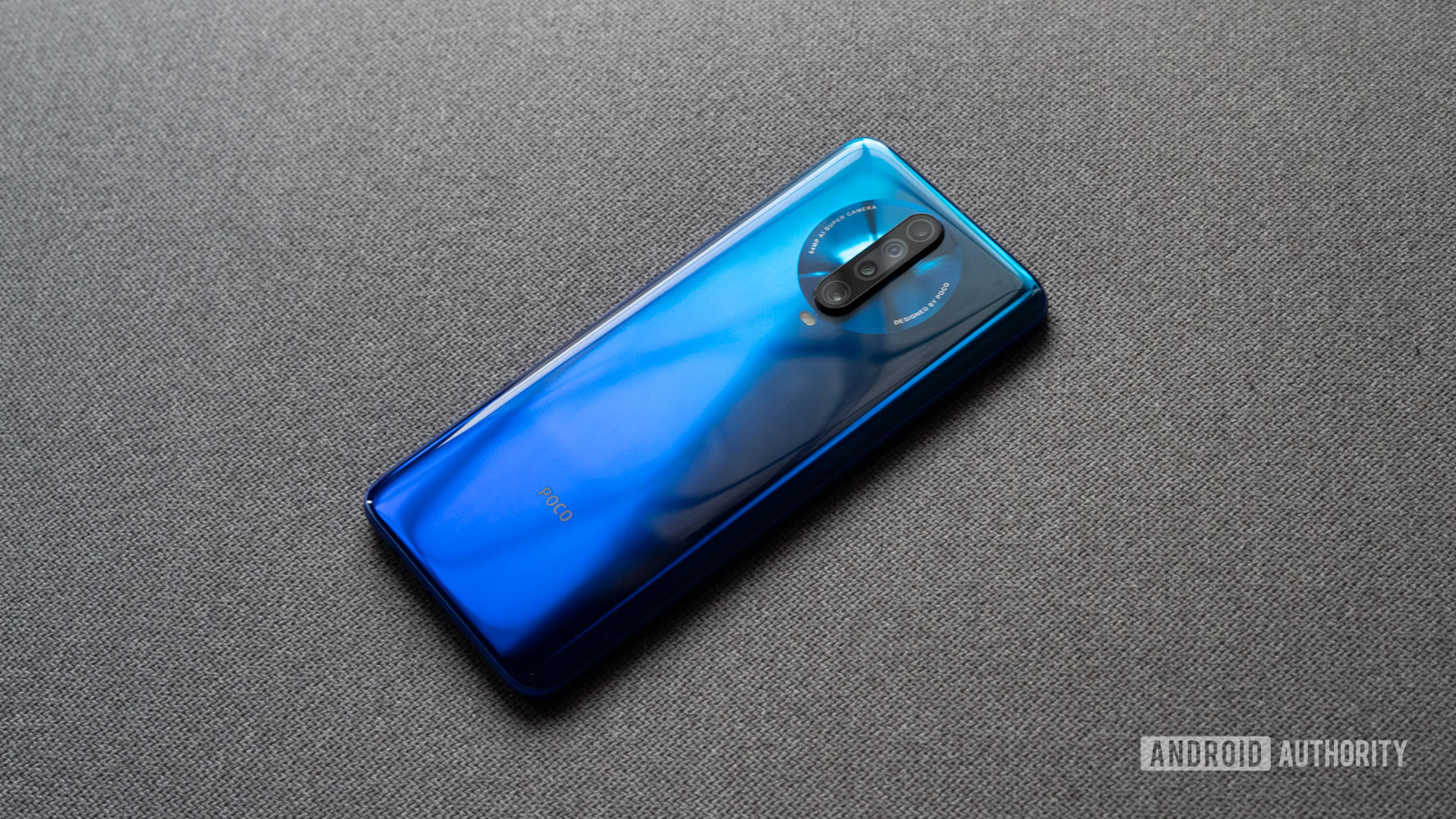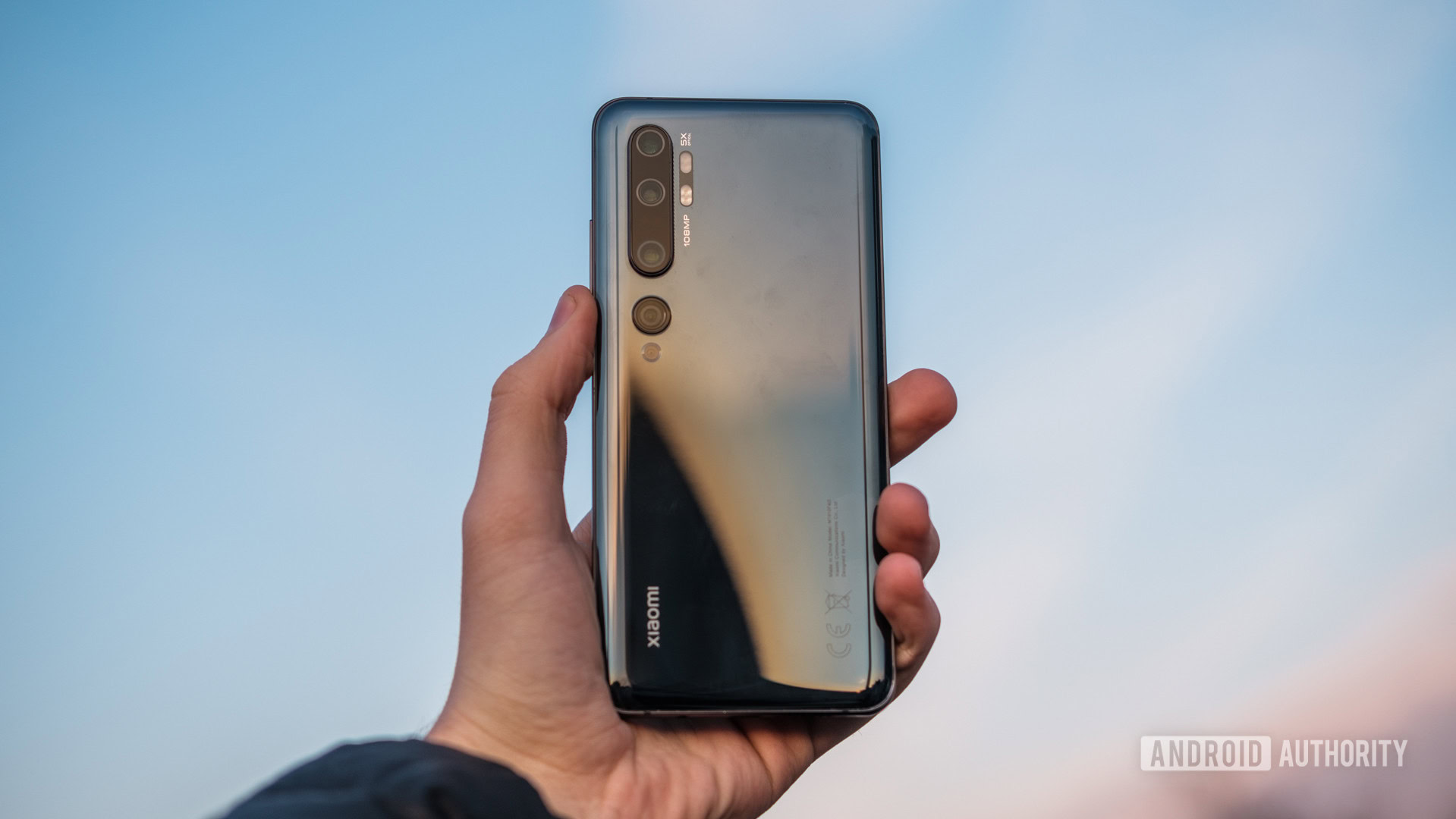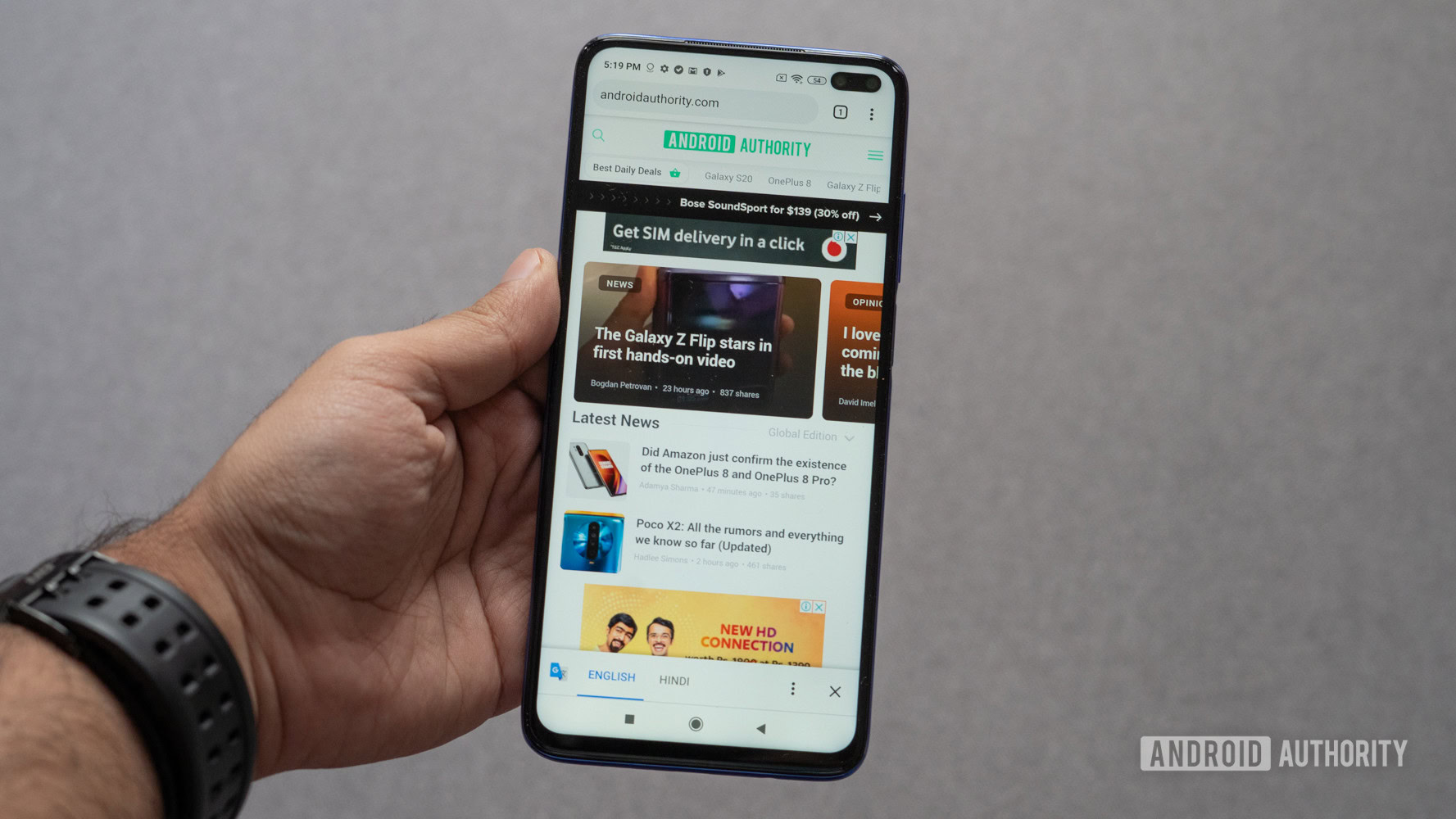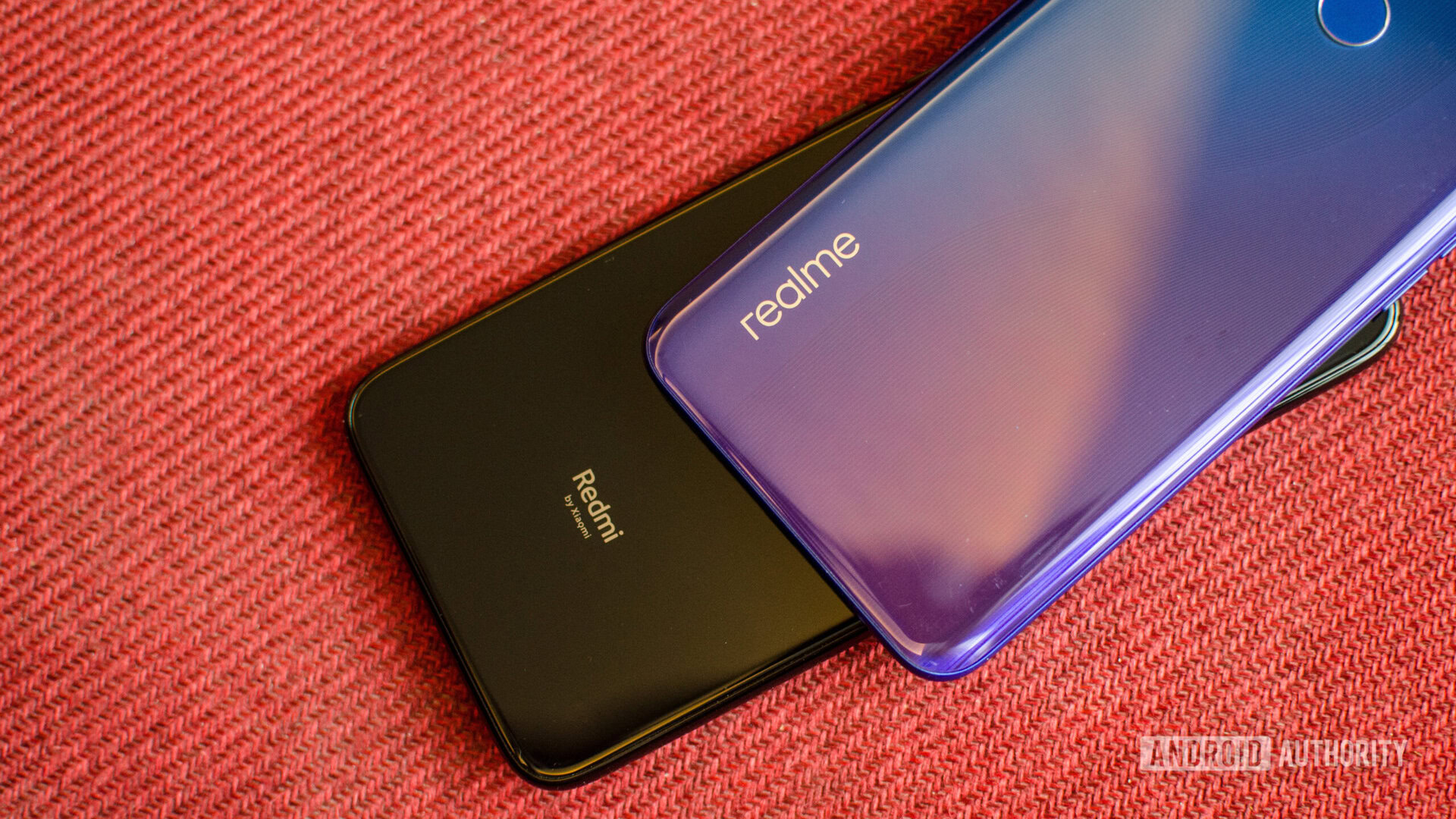Affiliate links on Android Authority may earn us a commission. Learn more.
Can phone-makers dial the rebranding down a bit?

The practice of rebranding phones reached new heights in 2020 with the POCO X2, which came out in February. Almost two years after the POCO F1 was released to redefine the affordable flagship, the second POCO phone was basically a retread of the Redmi K30.
The POCO rebranding didn’t stop there either. The POCO F2 Pro was known as the Redmi K30 Pro in China and the brand-new POCO M2 Pro is actually the Indian Redmi Note 9 Pro (albeit with faster charging to be fair).
Xiaomi isn’t the only company that needs to rein in this practice though, as plenty of brands are getting in on the action. Even OnePlus has flirted with rebranding in the past, such as the OnePlus X practically being a clone of the OPPO A30.
As we’ve discussed before, there are a number of valid reasons for rebranding phones in the first place. The problem is when it gets out of hand.
It’s okay to rebrand phones sometimes

One of the biggest reasons to rebrand a smartphone is if the company wants a quick and easy way to establish a new family of phones in a market. We’ve seen this happen with the realme 1, which had launched as the OPPO A3 the previous month. By reusing an existing model, a new brand or sub-brand within a company doesn’t have to spend a ton of cash and time on research, design, and development to get started.
OnePlus also took this route in the early days of the brand, with the aforementioned OnePlus X as well as a couple of other phones. But recent devices like the OnePlus 7T and OnePlus 8 series point to a more original take.
Rebranding isn't always a bad thing, as there are a couple of valid reasons to do so.
Sometimes the opposite is the case. That is, a company has a phone from an unfamiliar range but wants to be sure that it succeeds in a new market. We’ve seen HUAWEI bring the Nova 3E to Western markets and call it the P20 Lite, for example, as the P series is popular in the West. We saw the same with the P40 Lite 5G, which was known as Nova 7 SE in other markets.
Meanwhile, Xiaomi took the obscure Mi CC9 Pro and brought it to global markets as the Mi Note 10. After all, the Mi CC series is basically unknown outside China, while several Mi Note phones have been sold in global markets. The company also did this with the Mi 6X and Mi CC9, which became the Android One-toting Mi A2 and Mi A3 in the West respectively.
It’s not okay to rebrand ALL the time

Unfortunately, sometimes companies seemingly conduct frivolous and/or excessive rebranding exercises for their smartphones.
We saw Xiaomi launch the POCO F2 Pro in Europe even though the Redmi name is unarguably more familiar to customers in the region.
In fact, the 2020 POCO lineup has only consisted of rebranded Redmi phones. Even the POCO M2 Pro, which just launched this week, is essentially the previously released Redmi Note 9 Pro Indian variant, with faster charging and a barely tweaked look. At least Xiaomi put in more effort with those phones than it did with the POCO X2 and Redmi K30 4G. Check these devices out below.
Furthermore, HUAWEI has launched the same phone with four (!) different names back in 2017, namely HONOR 9i, Nova 2i, Maimang 6, and Mate 10 Lite. Do you really need a third or fourth brand name in there, let alone a second?
ZTE is reportedly no stranger to excessive rebranding either. Its Axon 11 SE 5G will apparently be known as the A1 Alpha 20 Plus and the Blade V 2020 4G (albeit with a chipset change). Again, it’s not like the Axon name hasn’t been used in global markets before, owing to devices like the Axon 7, Axon 9 Pro, and Axon 10 Pro.
Consumers suffer, and companies suffer
The funny thing is, companies are the first to suffer the consequences of an overreliance on rebranding. Brands risk disappointing consumers by building hype around a product that’s already been released. What’s the point of numerous teases and info drops when the final product isn’t actually new? This then creates skepticism and potentially absolute indifference when the company actually does something fresh.
Rebranding can also directly affect a company’s bottom line. Sure, it might be saving cash by slapping a new name on an old phone, but it’s leaving money on the table by not delivering a new phone that targets a different segment of the market. In other words, the two phones run the risk of cannibalization.

Renaming your phones creates a confusing environment for consumers too. The average person might wonder what’s the difference between two seemingly identical phones. Customer service might also be a stumbling block. Do you contact HONOR or HUAWEI? POCO or Xiaomi?
Updates are another hurdle when it comes to rebranding phones, as firmware generally needs to be tailored to some extent for each device. And with Android updates already being a challenge for the industry, companies can ill-afford issues like this.
The practice is also doubly irksome when some of these same brands will go to great lengths to claim they’re independent. For example, POCO claimed earlier this year that it was an independent brand. But how do you take this statement seriously in light of their current device portfolio?
You only need to take a look at the responses on POCO India’s Twitter account to see what happens when you hype a phone only to reveal a mostly renamed device. Enthusiasts have roundly criticized the company for the POCO M2 Pro, even though the 33W charging and ad-free POCO launcher are sensible additions for the price. What difference does it make when 99% of the phone isn’t original to begin with?
Rebranding in moderation
It’s abundantly clear that the practice of rebranding phones is here to stay, and there are indeed compelling reasons to do so for manufacturers. Renaming a phone doesn’t mean that it’s a bad phone either — far from it.
However, it definitely reeks of poor product planning/strategy to rebrand the same phone three or four times for different regions. And it’s certainly lazy and short-sighted to lean on the practice for most of the products in your portfolio.
What do you think of phone rebranding?
In other words, we don’t mind seeing a renamed phone now and again when it makes sense (especially if the savings are passed on to consumers). Manufacturers just shouldn’t rely on this practice at the drop of a hat.
That’s it for our take on rebranding! You can find more standout articles on Android Authority via the list below.